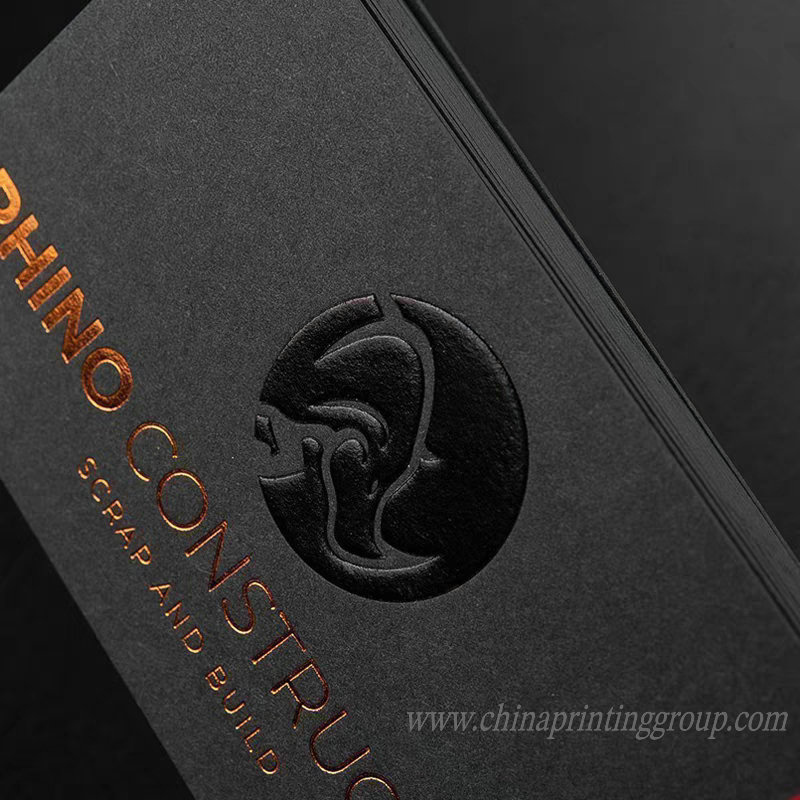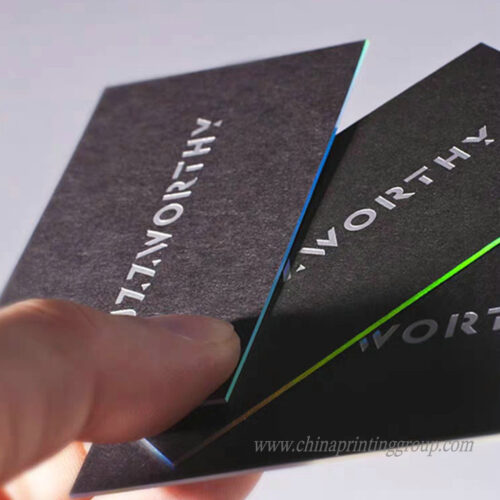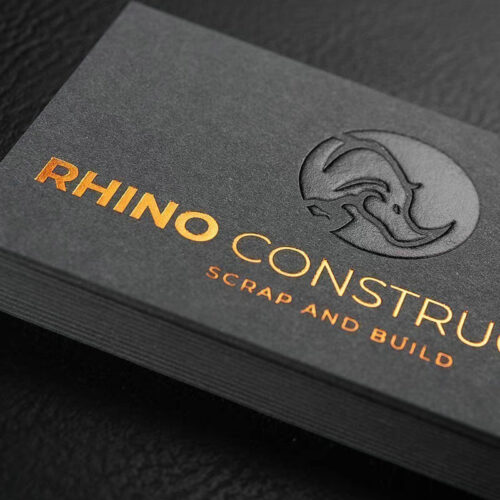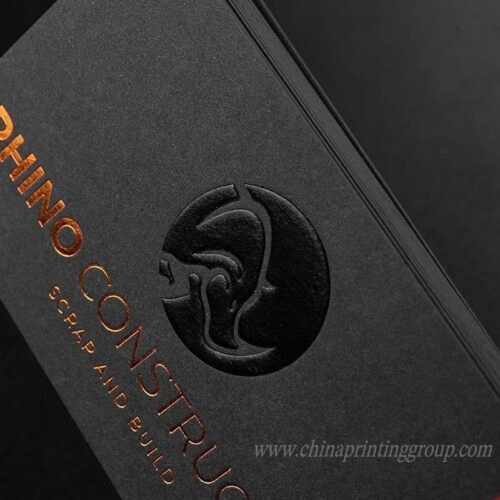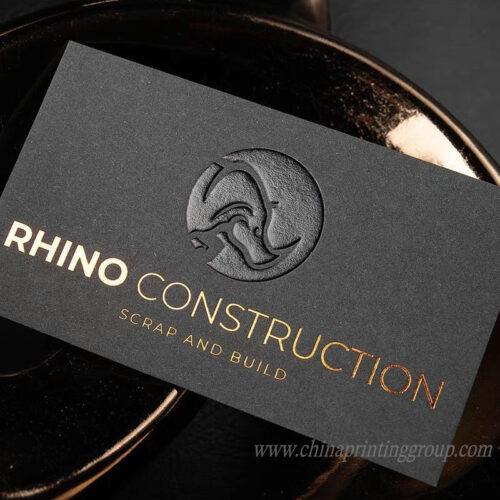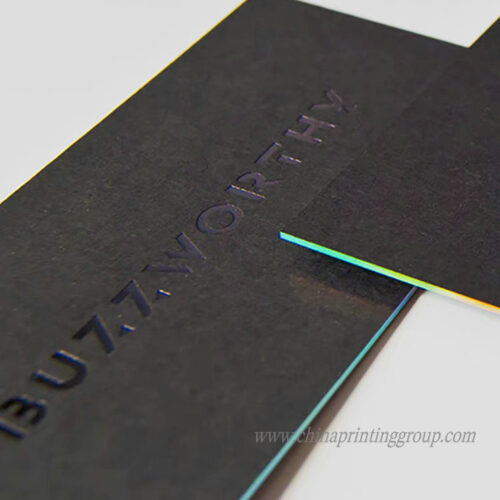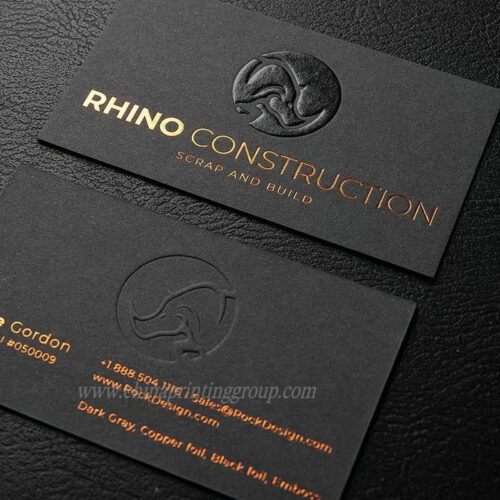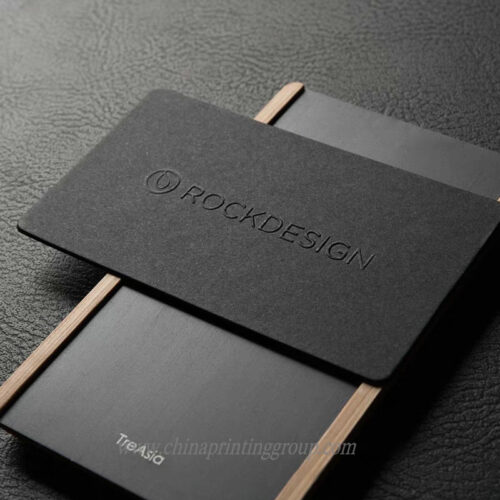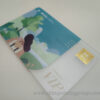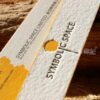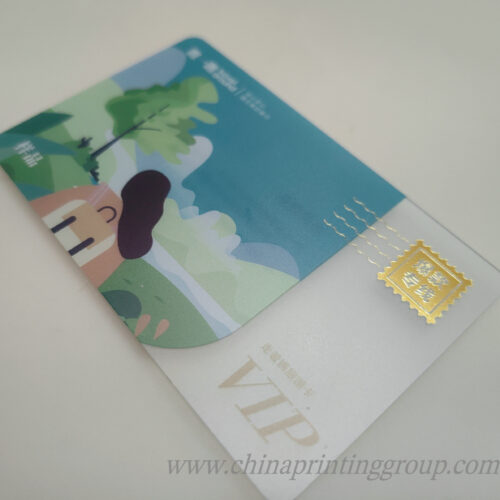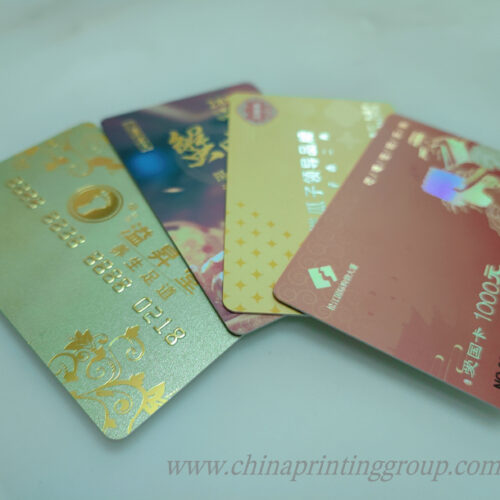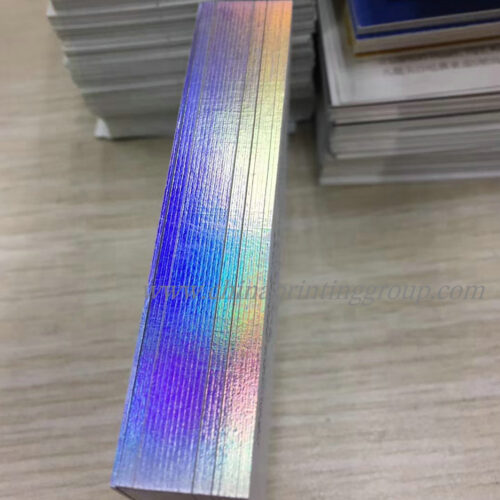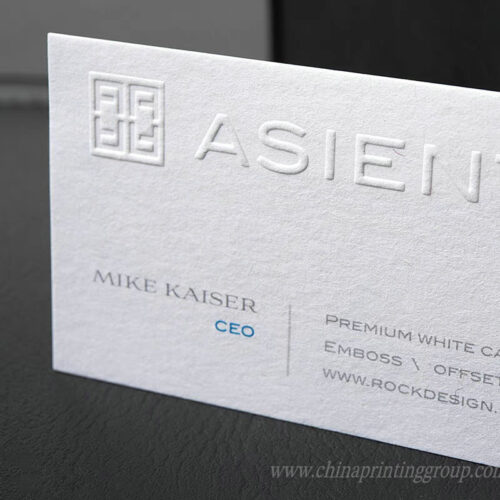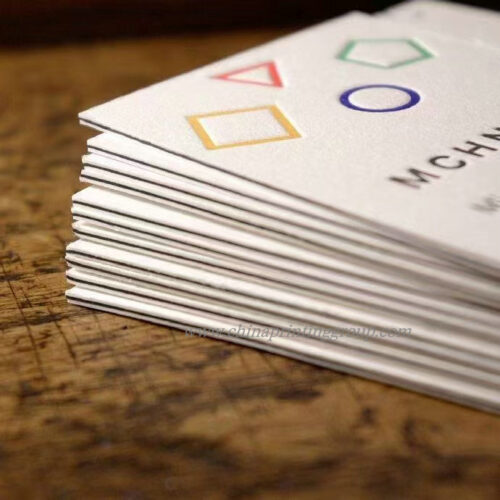4 Color Embossed Business Cards New Design 3.5×2” No MOQ
Send Inquiry- Product Material:
-
Art Paper, Cardboard, Coated Paper, Corrugated Board, Duplex Board, Fancy Paper, Kraft Paper, Newsprint Paper, Offset paper, Fabric
- Printing Type:
-
Letterpress printing
- Product Size:
-
Custom Size Accepted
- Color:
-
Customized Color
- Logo:
-
Accept Customized Logo
- Finishing:
-
Embossing/debossing,colored edges,gold/silver foil stamping…
- Quality Certification:
-
ISO
- Design:
-
Accept OEM Customized Designs
Embossed Business Cards Custom Shape Name Card Luxury Business Card Printing
What material is your business card made of?
Nowadays, most business cards on the market are made of copperplate paper, which is ordinary, not creative, not novel, and not personalized.
There is also a type of business card paper called special paper, which uses special paper to make business cards, which is personalized, upscale, and can also improve identity.
Specification:
|
Product Name
|
Custom Shape Name Card Luxury Business Card Printing Embossed Black Card business cards
|
|
Product Material
|
Paper & Paperboard
|
|
Paper Type
|
Art Paper
|
|
Product Type
|
Business Card
|
|
Surface Finishing
|
Embossing / Debossing/ spot UV/foil stamping/letterpress/colored edges/round corners/irregular shapes/glittering/3D pop-up…etc
|
|
Printing Type
|
offset printing or digital printing
|
|
Place of Origin
|
China
|
|
MOQ
|
200pcs
|
|
Product Size
|
Regular size is 90×54 mm, but custom size is accepted
|
|
Color
|
Customized Color
|
|
Logo
|
Accept Customized Logo
|
|
Feature
|
Durable,eco-friendly,high quality
|
|
Quality Certification
|
ISO
|
|
Design
|
Accept OEM Customized Designs
|
|
Factory history
|
20 years in printing experiences
|
|
Industrial Use
|
For companies promotion
|
|
Shipment
|
By sea,air or express.
|
Custom Shape Name Card Luxury Business Card Printing Embossed Business Cards
-
Material:
Embossed business cards are typically made from high-quality cardstock, such as 14pt, 16pt, or 18pt thickness, ensuring a sturdy and premium feel. Some options may include textured finishes or special papers like linen or felt. -
Embossing Type:
The most common embossing techniques used are blind embossing (without ink or foil) and registered embossing (using ink or foil to highlight the raised areas). The design can be either a soft or deep emboss, depending on the desired effect. -
Design Customization:
Businesses can fully customize their embossed business cards with logos, fonts, artwork, and color schemes. Design elements such as borders, patterns, and specific graphics can be embossed for an added touch of luxury. -
Embossing Location:
Embossing can be applied to the entire card or selectively to certain areas, such as the logo, name, or key details. The placement can be on one or both sides of the card. -
Printing Method:
In addition to embossing, business cards can also feature full-color printing (CMYK) or spot-color printing for detailed, vibrant designs. UV coating or gloss finishes may also be used to enhance the card’s appearance. -
Color Options:
Custom design and printing can include a variety of color options, including metallic foils (gold, silver, or copper), matte finishes, and transparent or gradient effects. -
Card Shape:
Standard rectangular shapes are most common, but embossed business cards can also be cut into custom shapes (rounded corners, square, or die-cut) to create a more distinctive appearance. -
Edge Options:
Some embossed business cards feature colored or metallic edges for an added touch of luxury, enhancing the card’s overall aesthetic. -
Print Quality:
The printing of embossed cards is done with high precision, ensuring that the text and images are clear and sharp, even with the texture created by embossing. Printing on thick card stock maintains high-quality results. -
Durability:
Embossed business cards are designed for durability. The embossing process itself adds strength to the card, and the materials used ensure that the card holds up well under normal handling and wear.
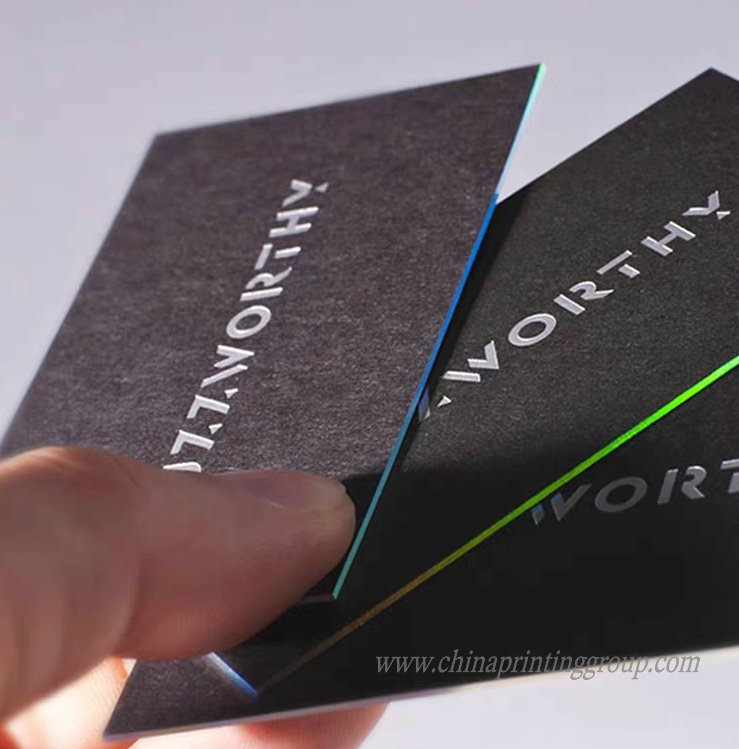
Suggestions on the Custom Designed Embossed Business Cards
Designing customized embossed business cards is a fantastic opportunity to make a bold statement about your brand.
1. Simplicity with Impact
- Why: A clean, minimalist design lets the embossing shine and creates a sophisticated, premium feel. Too much visual clutter can detract from the tactile experience of embossing.
- What to Do: Focus on your logo, company name, and contact information. A well-placed embossed logo or business name can be a conversation starter. You could also opt for a subtle geometric pattern or border to frame the card.
2. Choose the Right Embossing Technique
- Why: The embossing style you choose greatly affects the overall feel of the card.
- What to Do: If you want a subtle, refined look, go with blind embossing (no ink or foil). For something more eye-catching, foil embossing with metallic colors like gold or silver can add elegance and luxury.
3. Strategic Use of Color
- Why: Adding color in the design—especially with embossed elements—can elevate your brand identity and make the card stand out.
- What to Do: Use a combination of foil stamping for certain elements (like your logo) with a matte or textured finish for the background. Metallic foils are timeless and tend to look great when combined with high-quality cardstock.
4. Textured Paper for a Luxurious Touch
- Why: A textured paper will not only add to the tactile experience of embossing but will also reinforce the high-end feel of your business cards.
- What to Do: Look for textured options like linen, felt, or cotton-based paper. These materials feel great to the touch and make the embossing pop even more.
5. Utilize the Back for Additional Detail
- Why: Many people focus on the front of the card, but the back can be a great place to add a creative touch without crowding the design.
- What to Do: Consider placing a smaller embossed element on the back, like a tagline or your website address. A more subtle emboss on the back balances the design while still showcasing the unique qualities of the card.
6. Consider Rounded Corners or Custom Shapes
- Why: A distinctive shape makes your card more memorable. Rounded corners or custom die-cut shapes are often used with embossed cards to make them feel unique.
- What to Do: If your brand has a modern, edgy vibe, consider rounded or even uniquely shaped cards. The smooth edges enhance the tactile feel of the embossing, making your card even more enjoyable to hold.
7. Whitespace is Key
- Why: Since embossing draws attention to certain areas, you don’t want your card to feel too crowded. Whitespace allows the embossed design to breathe.
- What to Do: Leave enough space between the embossed areas and text so each element stands out. This also ensures your business card remains legible and professional.
8. Consistent Branding
- Why: Your embossed card should seamlessly align with your overall branding and identity. Consistency across all materials, from your website to your business cards, will help strengthen your brand recognition.
- What to Do: Match the font style, colors, and logo design from your other branding materials. Your embossed card should reflect the same identity but with the added element of luxury and sophistication.
9. Consider a Special Edge Treatment
- Why: Adding a custom edge treatment, like colored edges or a gilded metallic edge, will increase the tactile experience while giving your card a unique flair.
- What to Do: Colored or metallic edges in gold, silver, or even black can turn your business card into a mini work of art.
10. Get Creative with the Finishing Touch
- Why: The right finishing touch will elevate the look and feel of your card even further.
- What to Do: After embossing, consider adding a spot UV coating on certain design elements to create a glossy contrast against the matte texture. This adds another layer of sophistication and gives your business card a high-end, professional appearance.
Why choose our custom designed embossed business cards?
- Memorability: A clean, tactile design with strategically placed embossing will make your card stand out in a stack.
- Professionalism: Subtle yet impactful details show a commitment to quality and can make a lasting impression on potential clients or partners.
- Brand Identity: The design elements you choose will reinforce your brand’s identity and set the tone for the relationship you want to build with the recipient.
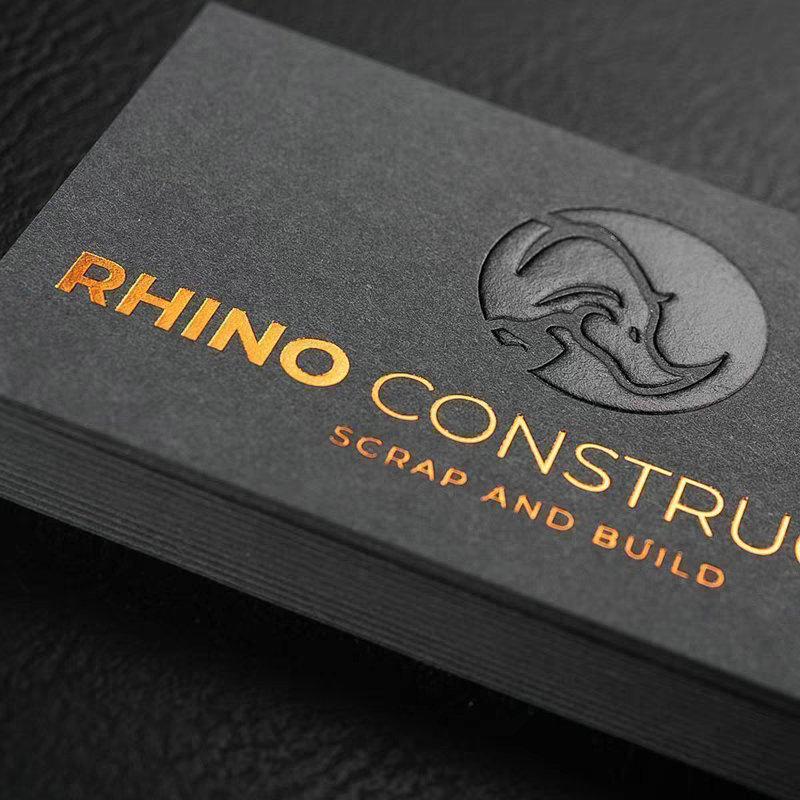
Embossed Business Cards — Make Your Card Stand Out Visually and Physically
Embossed business cards feature raised (or debossed, indented) elements like logos, names, or patterns. This tactile enhancement makes your card stand out visually and physically.
Here are the top applications of embossed business cards:
1. Premium Brand Representation
-
Luxury brands use embossed cards to express refinement and exclusivity.
-
Common in industries like fashion, jewelry, interior design, or boutique consulting.
2. Corporate Executives and Leadership
-
C-level executives and directors use embossed cards as authority symbols, leaving a strong impression on partners or clients.
3. Creative Professionals
-
Graphic designers, photographers, and artists emboss elements like their logo or signature to showcase attention to visual details and texture.
4. High-End Service Providers
-
Embossed cards are perfect for professionals in real estate, law, finance, architecture, and luxury travel — industries where trust and aesthetics matter.
5. Event-Based Networking
-
Trade shows, summits, and expos are ideal platforms where embossed cards stand out in a stack of standard ones.
6. Product Launch or Brand Rebranding
-
New brands or updated identities use embossed cards as part of a broader brand activation strategy to make a fresh, bold statement.
7. Client Gifts or Invitations
-
Used in combination with embossed envelopes or packages to enhance the unboxing and tactile experience.
8. Membership or Loyalty Cards
-
Embossed cards convey exclusivity and permanence — ideal for private clubs, loyalty programs, or elite communities.
9. Minimalist Branding
-
For brands embracing clean, modern aesthetics, embossing offers subtle elegance without using excessive color or graphic distractions.
10. Cross-Cultural Business Etiquette
-
In many Asian and Middle Eastern cultures, a physical business card exchange is a respected tradition — embossing adds an element of honor and respect.
Why Still Print Physical Embossed Business Cards in a Digital Era?
Despite the rise of QR codes, LinkedIn, and NFC devices, physical embossed business cards remain irreplaceable in many scenarios. Here’s why:
1. First Impressions Matter
-
A thick, textured, embossed card instantly tells the recipient you care about quality and detail.
-
It becomes a conversation starter and sets the tone for your brand or service.
2. Tactile Memory Boost
-
Embossed cards stimulate the sense of touch. Studies show that multi-sensory interactions (touch + sight) enhance brand recall and emotional response.
3. Non-Digital Environments
-
Not every networking moment is online. Face-to-face meetings, client visits, exhibitions, and elevator pitches still demand a physical exchange.
4. Cultural Norms and Business Etiquette
-
In countries like Japan, China, UAE, and parts of Europe, exchanging a high-quality card is a form of professional respect — especially embossed or foil-stamped ones.
5. Differentiation
-
Digital contact sharing is fast, but it’s also impersonal. A well-designed embossed card differentiates you in a world where everyone swipes or scans.
6. Branding Without Internet
-
In places with no reception or digital access, a tangible embossed card still delivers your message effectively.
7. Adds Weight and Permanence
-
Unlike a digital connection that may be forgotten or lost, a beautiful embossed card is often kept, filed, or displayed — it feels valuable.
8. Part of a Coordinated Print Identity
-
Embossed business cards often match letterheads, envelopes, presentation folders, and packaging — reinforcing a cohesive and premium brand presence.
The Embossed Business Cards are Still Important for an Extension of Your Brand Identity.
An embossed business card isn’t just a way to share contact information — it’s an extension of your brand identity, professionalism, and design values. When done right, it becomes a powerful tool for lasting impressions in both physical and psychological dimensions.
Would you like help choosing paper thickness, embossing depth, foil options, or layout suggestions? I can also help you build a complete business card design brief.
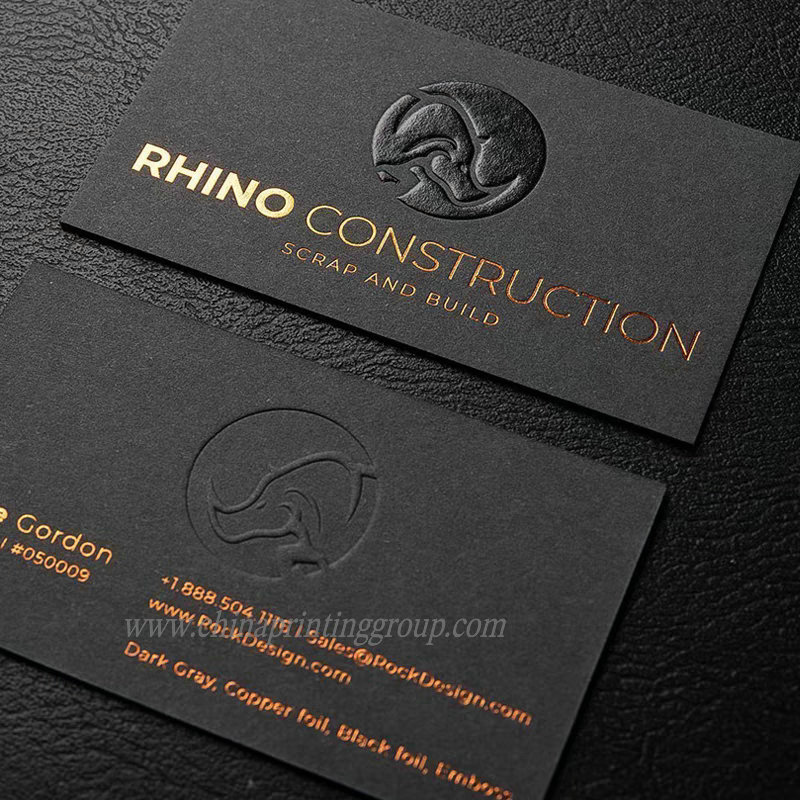
How to Get a Unique Embossed Business Cards Design?
✅ Step 1: Define Your Brand Identity & Target Audience
Before diving into visuals, clarify:
-
What does your brand represent? (luxury, eco-friendly, minimalism, innovation, etc.)
-
Who is the recipient? (corporate clients, creatives, investors)
-
What feelings should your card evoke? (trust, elegance, creativity)
This guides both design and materials.
✅Step 2: Choose the Key Elements to Emboss
Avoid over-embossing. Emboss 1–2 elements to maintain elegance.
Popular embossed elements:
-
Company logo
-
Personal name or title
-
Initials or monogram
-
Tagline or keyword
-
Textured background pattern
Pro Tip: Use spot embossing for contrast (e.g., logo raised, background smooth).
✅Step 3: Work with a Professional Designer (or Use Templates Wisely)
Option A: Hire a professional graphic designer
-
Share your logo, brand colors, and target look (minimalist, vintage, luxury).
-
Ask for vector-based files (AI, PDF) with clearly labeled emboss areas.
Option B: Use a design template platform
-
Use platforms like Canva, Adobe Express, or Envato Elements.
-
Choose a print-ready template, then customize and export in high-res format.
If working with a printing company (like us), we can:
-
Offer free or low-cost design support
-
Share emboss-friendly templates and guidelines
-
Provide a 3D preview/mockup before production
✅Step 4: Prepare Print-Ready Artwork Files (With Emboss Layer)
A good embossed business card file set includes:
-
Main design file (PDF or AI)
-
Emboss layer (solid black shapes where embossing is required, labeled clearly)
-
Bleed and trim marks (usually 3mm bleed on all sides)
-
Fonts converted to outlines (to avoid issues when printing)
Ensure:
-
Minimum line thickness for embossed areas: 0.3mm or more
-
Embossing area doesn’t overlap small text or fine lines
✅ Step 5: Select the Right Card Specs
To enhance the emboss effect, choose:
-
Paper thickness: 350gsm to 600gsm (or duplex/triplex cards)
-
Finish: Matte lamination, soft-touch, or uncoated for a tactile feel
-
Foil stamping + emboss: Adds elegance with metallic shine
-
Edge painting or rounded corners for extra uniqueness
✅Step 6: Request a Physical Sample (Recommended for Big Orders)
Before printing your full batch:
-
Ask for a sample card with embossing applied (optional charge or free depending on printer)
-
This helps test depth, alignment, and texture
✅ How We Help You Get a Unique Embossed Business Cards?
If you print with us:
-
✅ Free emboss-ready design template or design service
-
✅ 3D preview and emboss mockup
-
✅ Support choosing paper, finish, foil colors, and depth of emboss
-
✅ Strict quality control and sample approval option
-
✅ Global shipping and secure packaging
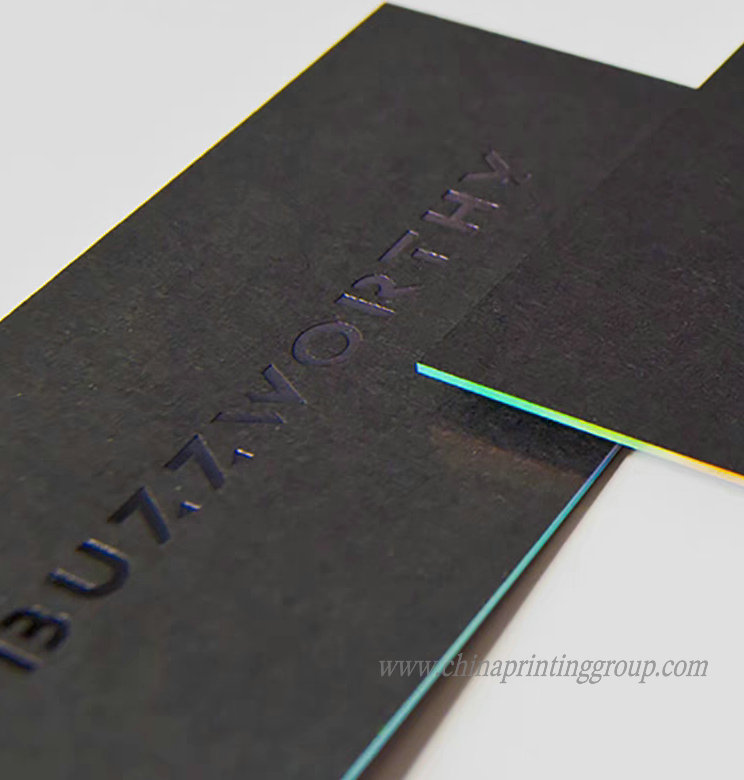
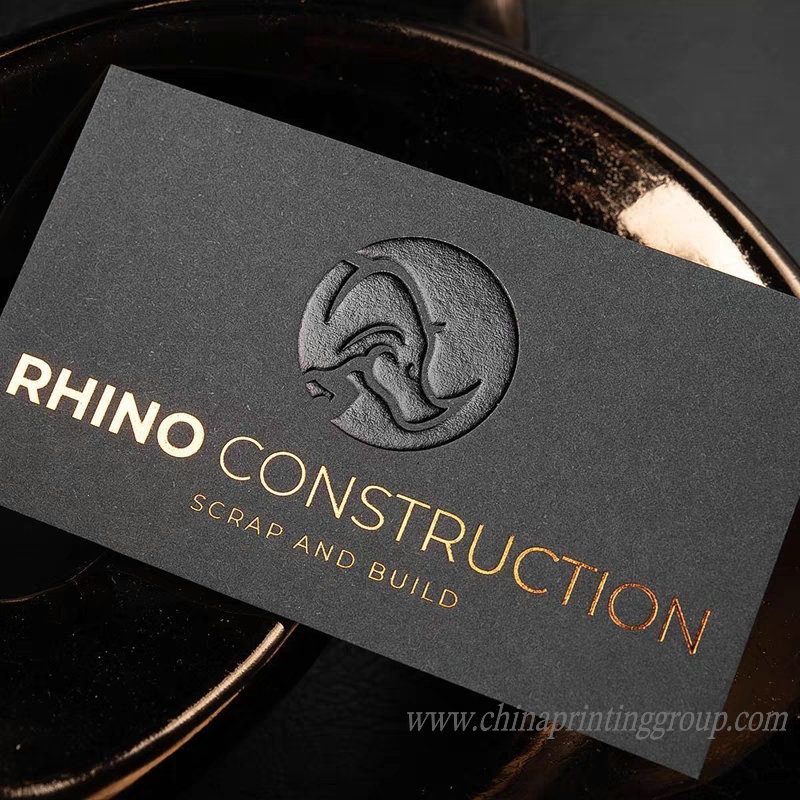
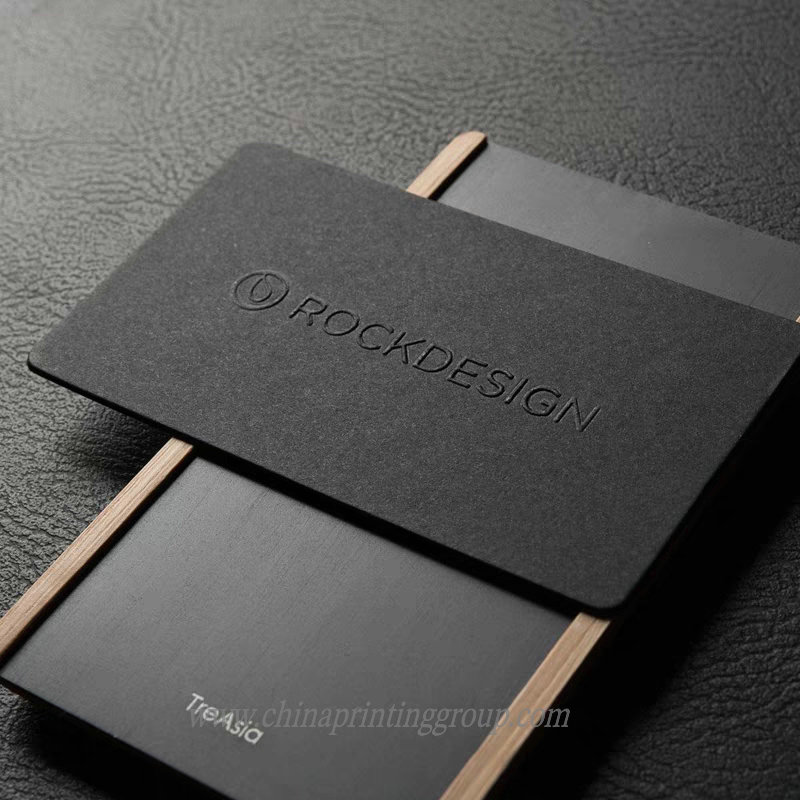
FAQs of Embossed Business Cards:
- What is the difference between embossing and debossing?
Embossing raises the design above the surface of the card, creating a tactile effect, while debossing pushes the design into the surface, creating an indented effect. - Can I use color printing with embossed business cards?
Yes, you can combine color printing with embossing. In fact, many embossed cards use color printing in the design, often using a spot-color or full-color print alongside the raised areas. - What is blind embossing, and how is it different from foil embossing?
Blind embossing refers to raised designs created without the use of ink or foil, giving a subtle, elegant texture. Foil embossing uses metallic foil to highlight the raised areas, adding a shiny, reflective finish. - Can I emboss both sides of my embossed business card?
Yes, you can emboss both sides of your card. However, most designs focus on embossing one side to maintain a clean, readable surface on the other side. - How long does it take to print embossed business cards?
The production time for embossed business cards typically takes between 5–7 business days, depending on the complexity of the design and the printing process. Custom requests may require more time. - Are embossed business cards more expensive than regular printed cards?
Yes, embossed business cards are generally more expensive than standard printed cards due to the additional manufacturing steps involved, such as the embossing process and the higher-quality materials used. - Can I choose the depth of the embossing?
Yes, embossing depth can be customized. You can choose a subtle, soft emboss or a more dramatic, deep emboss depending on your design preference. - What types of paper are used for embossed business cards?
Embossed business cards are usually printed on thicker, premium cardstock (such as 14pt to 18pt) for added durability and a luxurious feel. Some options also include textured papers like linen or cotton for a unique tactile experience. - Will embossed areas affect the legibility of the text?
No, as long as the design is carefully planned, embossed areas will not negatively impact text legibility. It’s crucial to ensure the raised areas don’t interfere with important details like contact information. - How do I maintain the quality of my embossed business cards?
To keep your embossed business cards in good condition, store them in a cool, dry place and avoid bending or folding them. Consider using a cardholder to protect them from damage during daily use.
11 .I sent you the new USA Design yesterday, –again, with still old text.
After you made one sample of the new card, just send me some pictures, so after my OK you can make the others and send them to us.OK?This way we make sure the Names, Text all is correct and we don’t have 5 samples for nothing made.
A: Sure,will update the design and send you artworks approval before printing started.
12.We have new embossed business cards we want to do. See attachment.
It should be something popping up with our products design/layout.
Do you have a Idea how we can do this?
The attached sample seems to be too big and not Business card-size. (its 10cmx10cm!!)
A: If you need this kind of business cards,it’s available for printing. Just make the design size to be 9x5cm after folding is OK.
Related products
Business Cards Printing
Business Cards Printing

